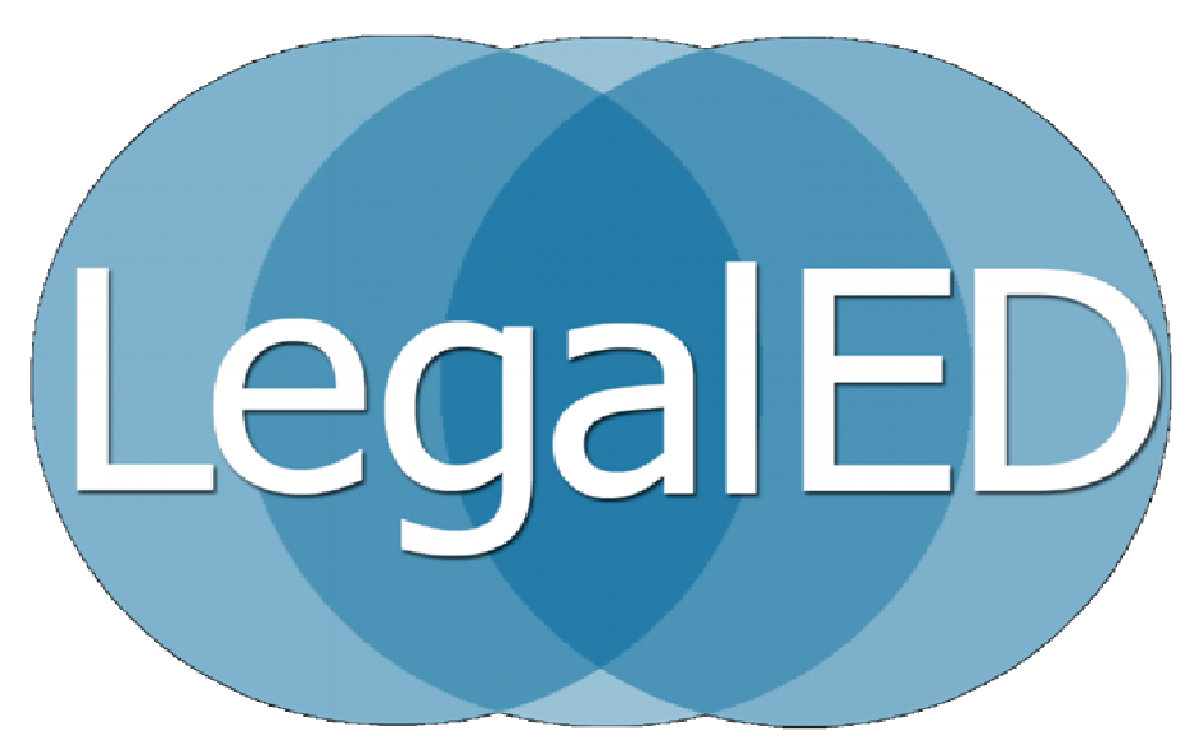Before I stepped into the session on classroom flipping at the AALS Annual Meeting in January 2014, I had read about flipping and thought it would work well in my Civil Procedure II class. Because it seemed like quite a bit of work, I had put it off. When I walked out of the session, I was motivated not only to flip my classroom, but to start the next week.
Now that my first flipping experience is drawing to a close, I offer some reflections. First, the plusses – and they are tremendous. If you have ever wondered how you could cover everything you want to cover in a class, flipping is your answer. By covering black letter law online in advance of class, you have the freedom to apply that black letter law in class to hypothetical problems, to practice-ready assignments, or simply to a deeper understanding of the law. You have the freedom to take things to the next level without additional credit hours. Within a week, I knew that my students were reaching more deeply into the material than they ever had before.
Students love the flipped classroom. My Civil Procedure II class was in the perfect position to evaluate my flipped classroom this semester because they sat through my more traditional Civil Procedure I class last fall. Students feel empowered by having listened to my lecture before class. They think I’ve given them all the answers. They have the freedom to watch my flipped lecture online before they tackle assigned readings, after they tackle assigned readings, after class, and as many times as they want before the exam. I certainly haven’t given them all the answers, but I have made sure that the ball is not hidden.
The only drawback I have found in my first flipping foray is in the amount of planning and preparation required. I jumped right in, flipping many more classes than those that I did not flip. Each class required me to adapt my traditional lecture notes and powerpoint slides into a simple video (I used my old slides and did a voiceover lecture using Camtasia software – remarkably easy); that was the easy part because it relied on material I had been using for years. The hard work was identifying what new material I wanted to add to my class time and preparing for our class meetings. It was almost like prepping a new course. In hindsight, I could have taken things more slowly and only flipped a class every few class meetings.
Another drawback was finding a textbook and supplement to help provide enough material and depth of coverage to get me through the course. With so many “practice-ready” casebooks and supplements on the market, you’d think that would be a piece of cake. Unfortunately, “practice-ready” casebooks seem to cut back on the number of topics covered and the depth of coverage, presumably to allow faculty more class time to get to practice-ready assignments. “Practice-ready” supplements featuring practical assignments are also extremely light on the number of topics covered, to enable faculty to also cover traditional cases in class. Neither of these options recognizes that the flipped classroom enables faculty to cover the same number of topics with the same number of cases as a traditional classroom with plenty of extra time for practical assignments on any number of subjects. I opted for a traditional casebook and an in-depth problem supplement that was definitely not intended for a flipped classroom. In hindsight, I wish I had been less confident that the textbook market could readily fill my needs; had I known that from the start, I definitely would have decided to flip fewer classes all in the first go.
If you are interested in enhancing student learning in your classroom, I would tell you to just go ahead and flip it! Take it slow and do it. Once you start, you will know without a doubt that you are doing the right thing for your students. If not now, when?
By Katharine T. Schaffzin, Associate Professor and Director of Faculty Development
University of Memphis Cecil C. Humphreys School of Law
